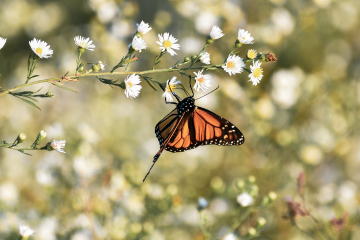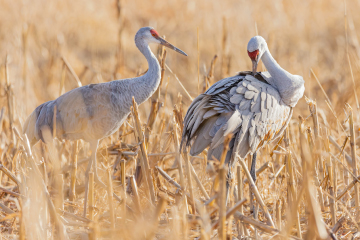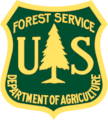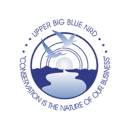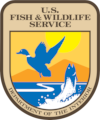A New Grazing Opportunity for Cattle Grazers
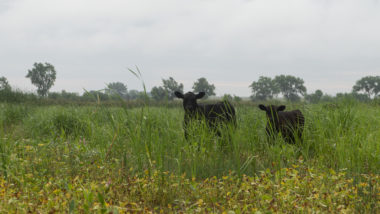 By 1984, over half (54%) of all the wetlands in the U.S. had been drained or filled for development or agriculture. Congress responded to these alarming figures by passing the 1990 Farm Bill, which introduced the Wetlands Reserve Program (WRP). WRP was a voluntary program to restore and protect wetlands through 30-year easements or permanent easements.Existing cropped wetlands and cropland that was previously wetland prior to drainage were eligible. In the 2014 Farm Bill, WRP was replaced by Wetland Reserve Easements(WRE).Similar to WRP, WRE are designed to provide a financial incentive to private landowners to encourage the restoration of wetlands previously degraded and/or drained. WRP and WRE have been very popular programs. They have enrolled approximately 2.6 million acres nation wide since 1990.
By 1984, over half (54%) of all the wetlands in the U.S. had been drained or filled for development or agriculture. Congress responded to these alarming figures by passing the 1990 Farm Bill, which introduced the Wetlands Reserve Program (WRP). WRP was a voluntary program to restore and protect wetlands through 30-year easements or permanent easements.Existing cropped wetlands and cropland that was previously wetland prior to drainage were eligible. In the 2014 Farm Bill, WRP was replaced by Wetland Reserve Easements(WRE).Similar to WRP, WRE are designed to provide a financial incentive to private landowners to encourage the restoration of wetlands previously degraded and/or drained. WRP and WRE have been very popular programs. They have enrolled approximately 2.6 million acres nation wide since 1990.
Biologists soon realized that just setting aside restored wetlands was not enough to maintain healthy plant and wildlife communities. Wetlands evolved with disturbance from drought, wildfires, and grazing by large herds of deer, bison, and elk. Since these large herds and wildfires are no longer common, cattle can be used as a surrogate to replicate vegetation disturbance and promote desired habitat conditions.Cattle grazing provides the following benefits to wetlands:
- Increases suitable habitat for wetland dependent species-migratory waterfowl
- Decreases undesirable species
- Increases plant species diversity
- Increases bare soil
- Generates income for the easement landowner
A lot of recent research in theRainwater Basin(RWB)shows that wetlands can provide good nutrition for cattle.More details on cattle stocking rates and forage quality can be found in the Grazing Rainwater Basin Wetlands article by Anderson, Hillhouse, Bishop, and Nugent. Now that we know that grazing is beneficial for both wetlands and cattle, the next step is determining how to help landowners graze their easements.Since 2010, over 56 privateRainwater Basin wetlands have had grazing infrastructure(fencing and/or livestock water)installed.These sites are scattered across 12 counties and total over 6,733 acres.Many of these landowners do not have their own cattle and are looking for grazers to help them manage their wetlands.
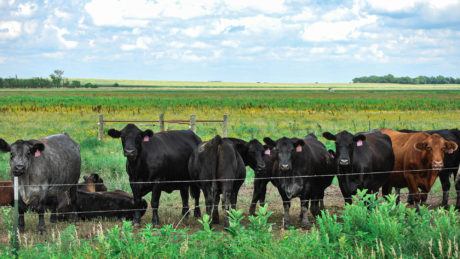
The RWB Cattle Grazers Network is meant as a way to facilitate connecting grazers/cattle producers with landowners who are in need of grazing management on their wetlands. Whenever new grazing infrastructure is completed on a WRP/WRE easement, we will provide that landowner with a list of all grazers that maybe interested in grazing that easement. If you, or someone you know, would be interested in registering for the RWB Cattle Grazers Network, please visit https://www.rwbjv.org/rainwater-basin/cattle-grazers-network/. You will be able to register and select which counties you would be interested in grazing, as well as the minimum acreage that you would need for your cattle.
If you have any questions about the Rainwater Basin Cattle Grazers Network, please contact Cortney Schaefer, the RWBJV Wetland Habitat Specialist, at 308-382-8112 or Cortney_Schaefer@fws.gov.
